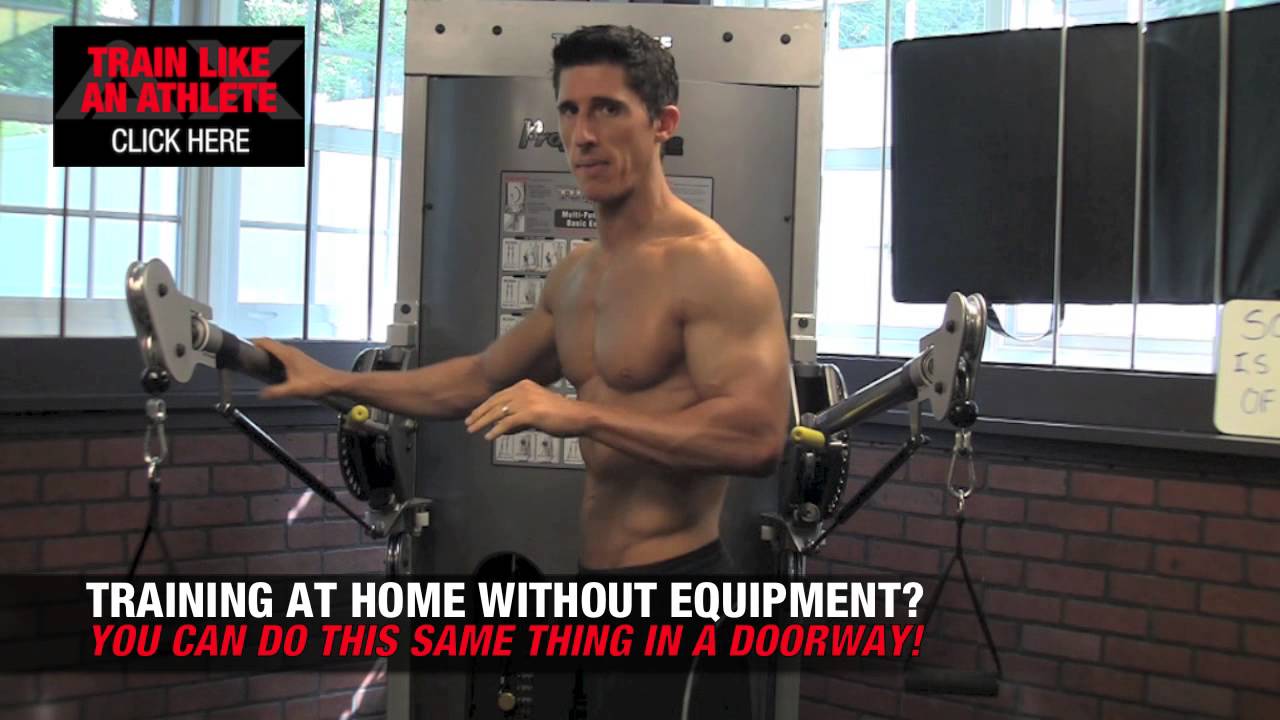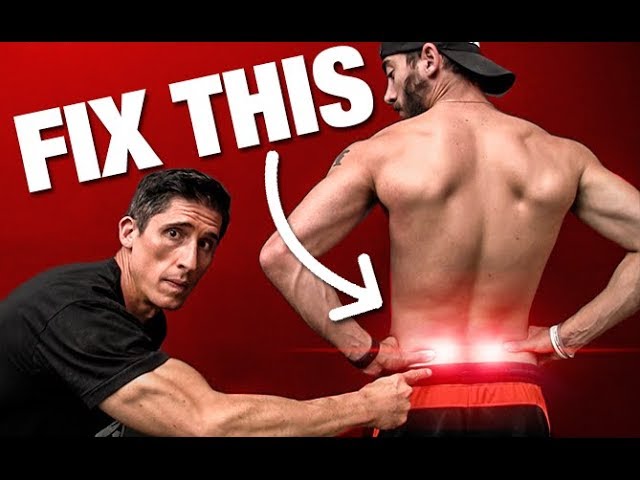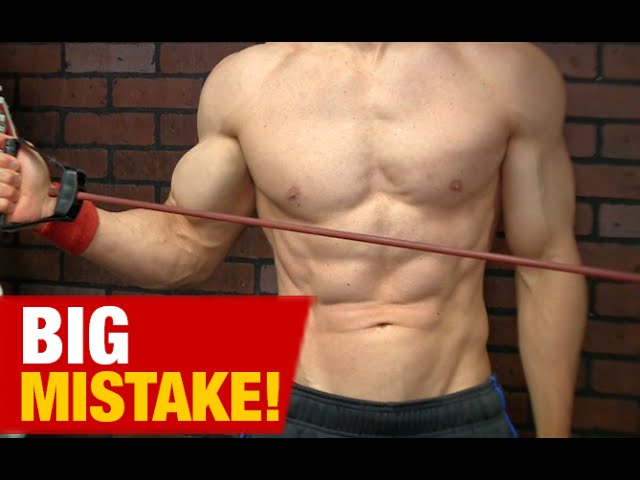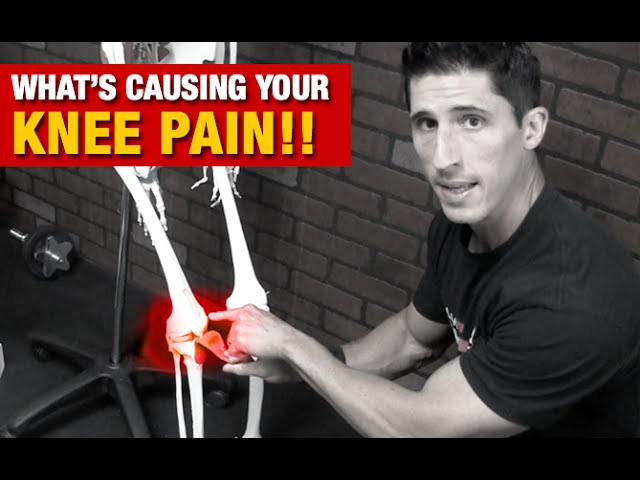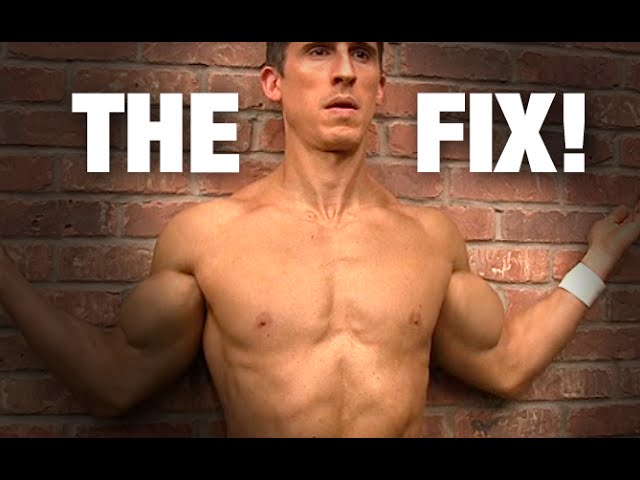Stretch like a pro athlete (and follow their exact workout program) here… http://athleanx.com/x/workout-like-a-pro
By far, one of the most difficult areas to stretch is the middle back and upper back. Not so much because the back muscles are too thick to effectively target, but because most people are not targeting them the right way with the right back stretches. In this video, I show you the best way to stretch out the rhomboids, upper traps and lower traps using either a cable machine or a simple doorway if you do this at home.
The key to figuring out how to stretch the back and the best exercise for getting the middle back muscles is to reverse engineer the function of the muscles you're looking to release. The rhomboids retract the scapulae or pinch them together while the middle and lower traps assist with this and also depress the shoulder blades.
To stretch these muscles in the mid back you have to try and take the shoulder blades in the opposite directions. I show you how to abduct and protract the scapulae while elevating them against their desire to remain depressed. This combination is a very effective way to stretch out the lower and middle trapezius muscles while also targeting the rhomboids.
Rhomboid stretches are generally performed incorrectly. Often times they wind up stressing more of the posterior capsule in the shoulder or the lat muscles. Not that this is a bad thing but it's not what you are after if you're trying to stretch out your back.
Any home stretching routine or specific back stretching routine should include this stretch. If you just stretch out your lats and ignore the muscles in the middle and upper back, you are going to create an even bigger imbalance that can lead to you feeling even more stiff than if you had ignored stretching all together.
If you want a complete workout program that teaches you how to train like an athlete and supplements that training with back stretches like these, then head to http://athleanx.com and get the complete ATHLEAN-X Training System.
For more back stretch videos and how to stretch out all areas of your back be sure to subscribe to our youtube channel at http://youtube.com/user/jdcav24
